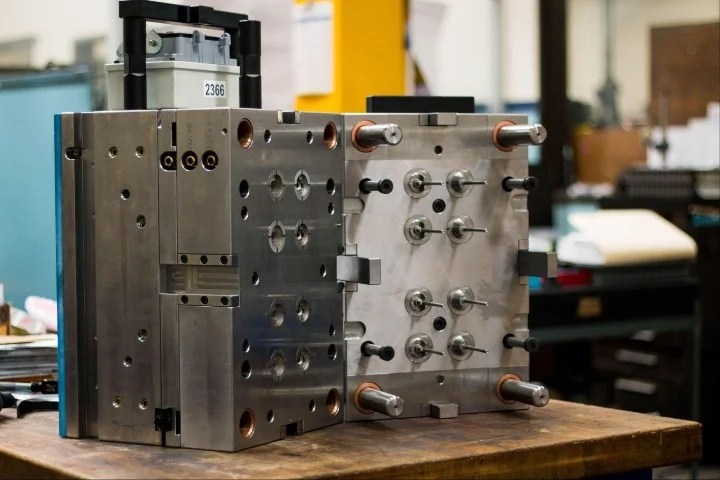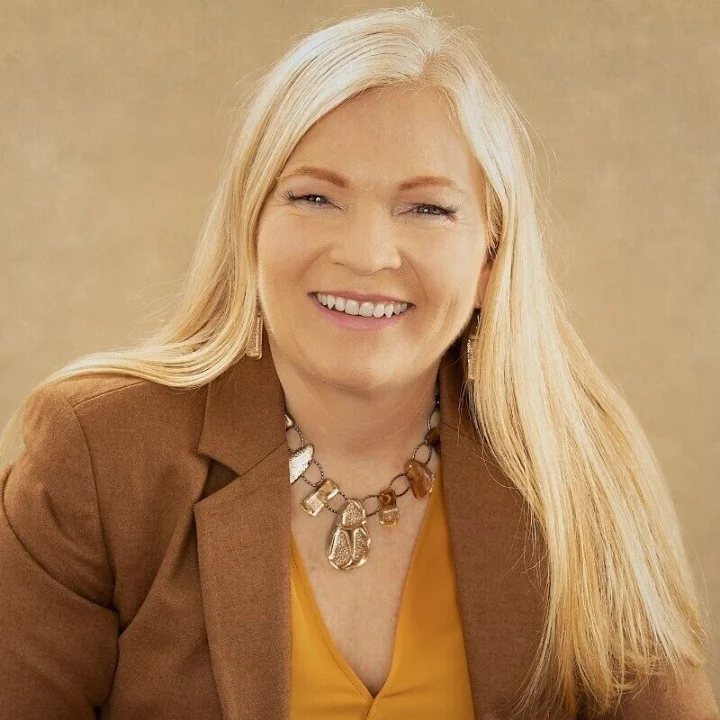Time to read: 5 min
Mechanical engineers play a critical role in bringing new innovations to market, and effective communication with key stakeholders is a key part of that process. In our latest Builds & Banter webinar, product design and manufacturing experts Greg Miner, Todd Taylor, and David Cagle shared techniques for increasing engineers’ influence with product management to share ideas, gain team alignment, and build better products.
Communicating effectively within teams
Todd Taylor, Director of Program Development at Radius Innovation & Development, shared his approach to product development and communication among teams: The product has to work; it has to be viable on the market; and people have to want to buy it. Todd says he uses this framework as a tool to understand his counterparts in business and marketing if, for example, he’s breaking bad news about a product’s timeline.
“What’s the best way to put it, in terms they will receive more readily or understand?” he says. “I need to be empathetic to the marketer, business owner, and person driving the supply chain.”
Prototyping and product development specialist Gregg Miner agrees.
“Engineers need to offer options and help other stakeholders understand you want to work with them and you’re a team player,” he says.
Fictiv Senior Technical Applications Engineer David Cagle reminds mechanical engineers to focus on understanding what the requirements are and keep asking questions to see how many potential solutions you get back.
“You can back-calculate what they’re really looking for,” he says. “Write down requirements, show options, and show decision trees. Explain the possible paths.”
Cagle worked at Johnson & Johnson designing surgical tools.
“Surgeons are very particular about their tools,” he says, and sometimes their feedback about problems with the tools his team designed sounded arbitrary, like, “I don’t like this because it feels squishy.”
Cagle said he had to figure out how to understand that feedback without engineering metrics.
Miner jumped in to share a JEDI mind trick he uses in situations when feedback is unclear.
“When they say, ‘It’s too squishy,’ I say, ‘Squishy?’ and pause,” he explains. “Then, they say, ‘Yeah, it’s like A, B, and C,’ and I’m gathering information. They fill in the blanks.”
People are more willing to open up and provide more information when you approach them as a helpful, engaged collaborator, says Taylor.
“If you put somebody on the defensive, it harms you more than it does them, because you’re trying to engage with that person and get the definition of what they’re looking for,” he says.
Communicating about product timelines
Webinar participant Jens asked a question:
“Schedules are so tricky, because on the one hand, setting a schedule based on everything working as expected and coming in on time–it just never happens, especially if your program is complicated, and you have a lot of dependences. On the other hand, people do need to be able to plan. Suggestions for how to handle that communication?”
Miner recommends looking at the amount of time it takes you to produce something and going backward from that, as well as working with your counterparts on other teams to understand their needs.
“I try to turn it into a risk conversation,” says Taylor. “Even if I know about how long something is going to take, what matters is how you get people to absorb and accept the schedule.”
Miner emphasizes the fact that even when a project is well-funded, that doesn’t always fix everything.
“Money accelerates the schedule, but also the risk,” he says. “I’ve been fortunate to have worked with companies who have a lot of money, and you have to make them understand that money doesn’t always solve your problem.”
Communicating with electrical engineers
Webinar participant Daniel asked, “How can we incorporate these communications techniques with electrical engineers?”
Taylor noted that at his previous company, the electrical engineering team were in a completely different building and that it was really important that he communicate with the EE team about their concerns.
Cagle emphasizes the importance of documentation.
“Most requirements from electrical engineering to mechanical engineering should be spec’d out,” he says. “You’ll have to iterate.”
Miner recalled how at a company for which he once worked, helping to build optics, the director of electrical engineering told his team, “You need to be the squeaky wheel and always at the forefront of discussions, so you have their ear when you need to accomplish something.”
Taylor emphasizes that the best way to be heard is to be known for hearing other people.
“The ME teams I’ve led, I tend to put it back on them and say, ‘If you’re not getting what you need from your EE counterparts, it’s incumbent upon you to communicate with them,’” he says. “Empathize and understand their world better. Be known as a team player, active listener, someone striving for understanding. Then, when you say something, odds are, people are going to want to listen.”
Webinar participant Tom chimed in:
“Setting the tone at the outset is critical, and getting people’s buy-in up-front and having a strong PM or ally on the team, to allow all voices to be heard and respected is critical to the outcome,” he says. “Having the EE be the squeaky wheel is very important, but getting everyone’s perspective to get program objectives lined up is very important. Weekly check-ins, even just a 15-minute stand-up once a week where each discipline head raises issues, makes everything smooth.”
Cagle, who started his career in aerospace, emphasized writing down project requirements to lay the groundwork for communication.
“MEs and EEs speak math and physics, and that’s usually where the common ground is,” he says.
Applying communication skills to non-engineering counterparts
Taylor challenged the group to apply the same energy and attention to communicating with marketers as to engineering counterparts.
“In my experience, being able to help the line of business owner understand why a schedule is going to slip the way it’s going to slip, or why this prototype doesn’t work the way you hoped it would is important,” Taylor says. “It’s hard to explain to people in other disciplines how something affects the business and their KPIs, not just how it doesn’t work in terms of physics.”
Taylor says the best way to effectively communicate across disciplines is to understand others’ perspectives.
“I’ve always tried to coach the engineers I’ve managed to be as empathetic as possible, as curious and open-minded as possible, and frankly, as trusting as possible,” Taylor says. “These people know what they’re doing, so unpacking their reasons and getting on their page helps you be a catalyst for getting real, valuable requirements written down that we can all access and feel good about.”
Final thoughts
As the webinar wrapped up, the panelists shared a few last thoughts.
“As an ME, I have work to do, and that work requires thought,” says Cagle. “I can’t be interrupted and pulled into every single conversation.”
Cagle says he looks to the lead design engineer to set boundaries for other stakeholders so he has time for his ideas to come to fruition.
“My full idea needs to be conceptualized before an additional design ref starts again,” Cagle adds.
Taylor reminds engineers that engaging in “interdisciplinary interactions and hiccups, and finding ways to solve those,” won’t take away from time to “flex your CAD chops” and dig into the work.
Miner reminds engineers to learn from others.
“That serves you well in your career and as a human being,” he says. “Empathizing with people and understanding how they work and what their discipline is, serves you a lot better than anything else.”

